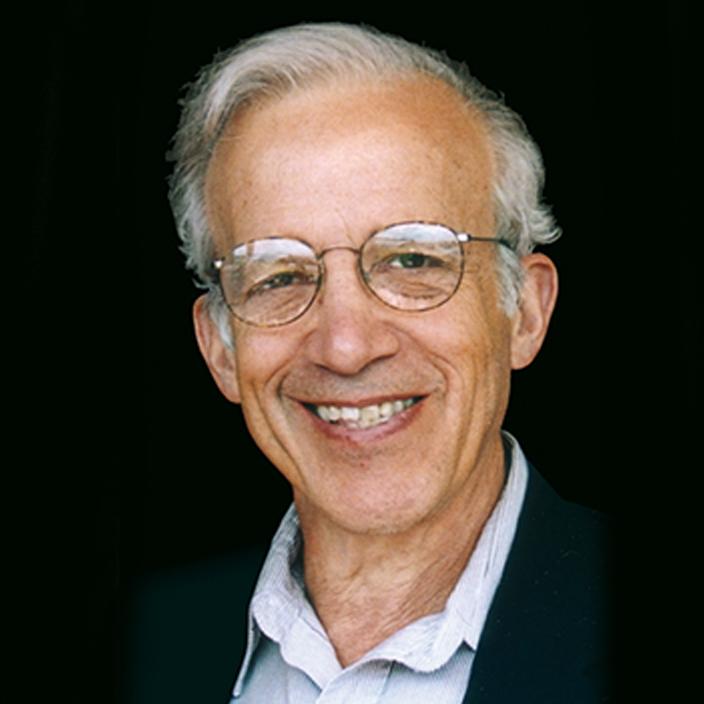
The simplest form of matter, the hydrogen atom, consists of a single electron and a single proton. Physicist Daniel Kleppner has spent an entire career exploring just how complex and fascinating hydrogen can be—particularly at ultracold temperatures. The structure of hydrogen makes it an ideal testing ground for almost all kinds of physical theories, as Kleppner demonstrated while a physics doctoral student at Harvard in the late 1950s. Working under Norman Ramsey, Kleppner helped to take the concepts behind the recently developed ammonia maser and apply them to the invention of the hydrogen maser, which became his Ph.D. thesis. As its more familiar cousin the laser does with light waves, the maser produces a coherent beam of microwaves that provides remarkably precise timing characteristics and ultra-low noise microwave amplification. The hydrogen maser found immediate application in timekeeping, radio astronomy, and deep space communications, all vitally important endeavors as the era of manned spaceflight and planetary space probes was dawning. Back on Earth in the physics lab, the hydrogen maser made it possible to obtain better measurements of the hyperfine intervals of the ground state of hydrogen and its isotopes, and to conduct experiments verifying general relativity. To the present day, the hydrogen maser is still the most common type, used for everything from communicating with deep space probes to maintaining the precision of the global positioning system network of satellites.
As he moved into the second decade of his career, Kleppner became interested in Rydberg atoms (excited atoms with a high principal quantum number n). Because of their unusual properties, Rydberg atoms provide intriguing insights into physical phenomena that are otherwise difficult to study quantitatively, such as the properties of plasma on Earth and in interstellar space, the ionization of other atoms, and spontaneous emission of atoms in cavities. His work particularly in this latter area inspired some seminal papers that have led to the development of the new research area of cavity quantum electrodynamics (cavity QED). Kleppner has also been instrumental to devising new techniques to create and manipulate Rydberg atoms and to measure their spectra. In recent years, Kleppner has perhaps received his greatest acclaim for his indispensable role in realizing a goal of physicists since the time of Einstein: the creation of a Bose-Einstein condensate (BEC). A BEC is a rare and curious state of matter that is possible only at extremely low temperatures, near absolute zero, in which a gas of bosons coalesces into a single quantum state but on a macroscopic scale. First predicted by Einstein almost a century ago, proving the existence of BECs has been one of physics's holy grails ever since, but it wasn't achieved until 1995, when a team of researchers (including some of Kleppner's former students) managed to produce a BEC in a laboratory using rubidium atoms. That achievement used some of the methods of evaporative cooling and magnetic trapping that Kleppner had pioneered in his own efforts to realize a BEC based on hydrogen—a quest he had been pursuing for almost two decades. In 1998 Kleppner and his colleague Tom Greytak finally achieved their goal with the creation of a hydrogen BEC. Some scientists have speculated that Kleppner may have actually succeeded much earlier, back in the 1980s, but the technical problems involved in working with hydrogen may have made it too difficult to confirm the achievement with the confidence and certainty he required of himself as a dedicated researcher—another reason he continues to be universally recognized as the godfather of the field. Now as the Lester Wolfe Professor of Physics, Emeritus at MIT, Kleppner has mentored many of the brightest lights currently working in physics, not just at the graduate but also the undergraduate level. His long-running "Reference Frame" column in Physics Today is another example of his humane sensitivities, dedication to science and education, and wry sense of humor.
Sometimes the simplest things—a ray of sunlight, a mote of dust, or a hydrogen atom—can also be the most profound and important. Daniel Kleppner's work proves that what is basic and simple can be far more important than it may seem.
Information as of April 2014

